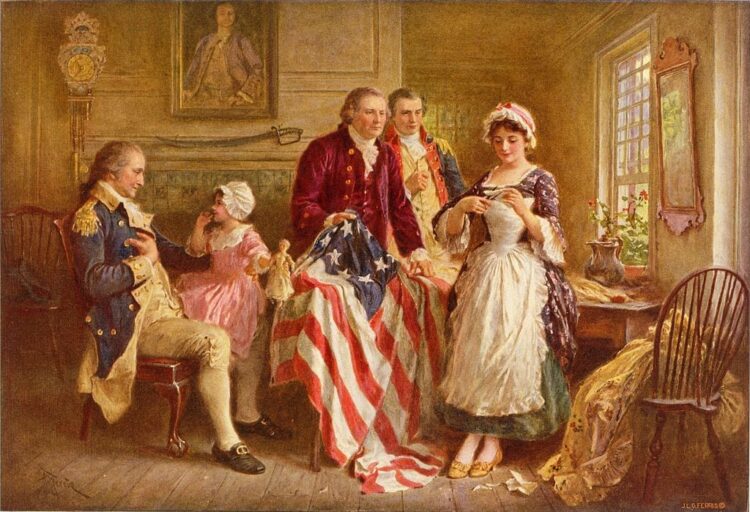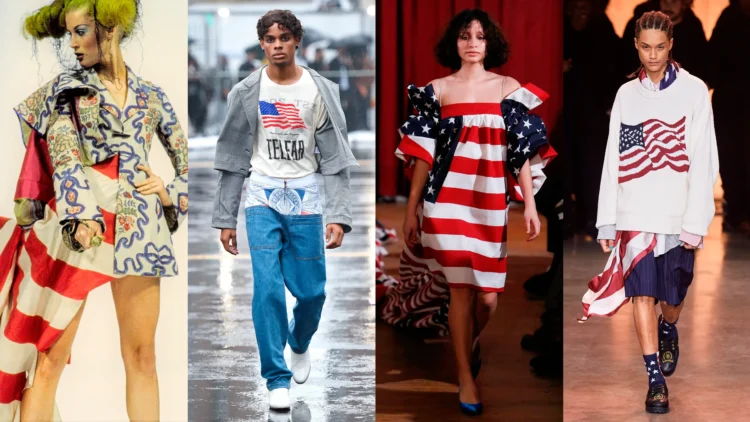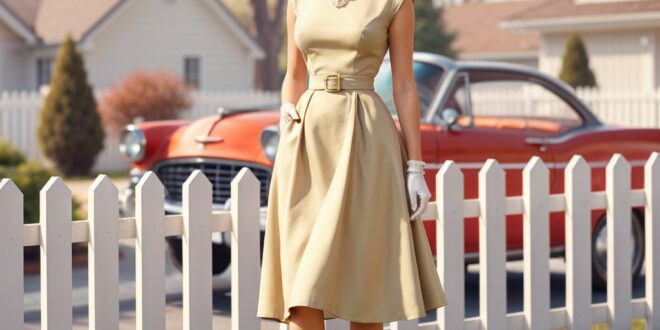American fashion has always reflected the nation’s values, culture, and identity. Over the years, it has shifted from classic styles rooted in simplicity to more bold, patriotic expressions. Each era has contributed to this evolution, creating a rich tapestry of styles that resonate with the American spirit.
The Classic Era

The early years of American fashion focused on practicality and simplicity. Patriotic clothing served a purpose. Functionality came first. In the 18th and 19th centuries, fashion reflected the needs of the times. Women wore long dresses with modest designs. Men favored tailored suits. Fabrics were durable and plain, often made at home or by local tailors.
The Rise of Individuality
The industrial revolution introduced mass production. Clothing became more accessible. People could afford to buy more, leading to a shift in priorities. Individuality began to take center stage. It started to reflect personal taste rather than just practicality.
In the 1920s, the flapper style emerged. Women wore shorter dresses, bobbed hair, and bold makeup. Men adopted more relaxed styles, leaving behind the rigid suits of the past. The focus shifted to self-expression. Fashion became a way to showcase personality. The classic style gave way to a more personal approach.
The Post-War Boom
The post-war boom brought new opportunities. Fashion became more diverse. The classic styles of the past remained, but new trends began to emerge. Teenagers became a powerful force in this industry. They rejected the conservative styles of their parents. Instead, they embraced bold colors, new silhouettes, and unconventional designs.
The 1960s, in particular, saw a revolution in fashion. The counterculture movement influenced clothing choices. People used it to make statements. The hippie movement brought about a more relaxed, bohemian style. Bell-bottoms, tie-dye, and fringe became popular.
The Birth of Patriotism in Fashion
The bicentennial celebration in 1976 sparked a renewed interest in national pride. Designers started incorporating American symbols into their collections. The flag, the eagle, and the colors red, white, and blue became popular motifs.
The 1980s saw a rise in bold, expressive fashion. The era of excess influenced clothing choices. Everything became bigger and brighter. Shoulder pads, neon colors, and oversized accessories dominated the scene. Amidst this, patriotic fashion found its place.
Patriotic clothing was not just about showing love for the country. It became a way to assert identity. Wearing the flag or other symbols of America made a statement. It said, “I am proud to be American.”
21st Century: Modern Patriotism

After the events of 9/11, there was a surge in national pride. People wanted to show solidarity and support for the country. Fashion responded to this demand. The American flag became a common sight in clothing stores. Designers created collections that celebrated American heritage.
In the years that followed, patriotic fashion evolved. It became more than just wearing red, white, and blue. Designers started to explore what it meant to be American. They looked at the diverse cultures that make up the nation. This led to a more inclusive approach to patriotic fashion.
Modern patriotic fashion celebrates the many faces of America. It acknowledges the contributions of different communities. Clothing reflects the diversity of the nation, while still honoring traditional symbols. The flag remains a popular motif, but it is often reinterpreted in creative ways.
Conclusion
What began as simple, functional clothing has grown into a bold expression of identity and pride. Each era has contributed to this evolution, adding new layers to the American fashion landscape.
Patriotic fashion has become a powerful way to celebrate the nation’s heritage. It allows people to show their love for the country in creative and stylish ways. As fashion continues to evolve, it will undoubtedly keep reflecting the spirit of America.
 Hi Boox Popular Magazine 2024
Hi Boox Popular Magazine 2024



